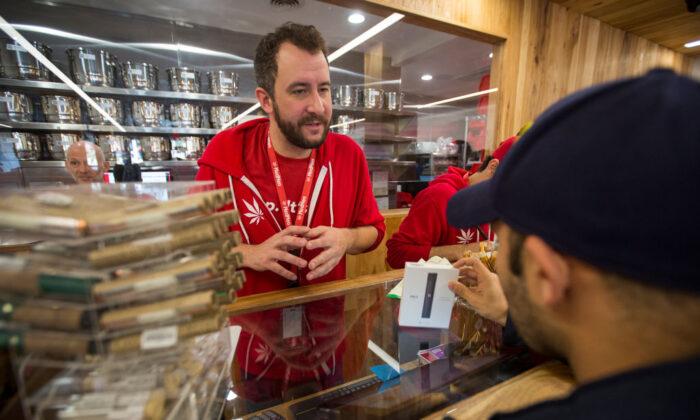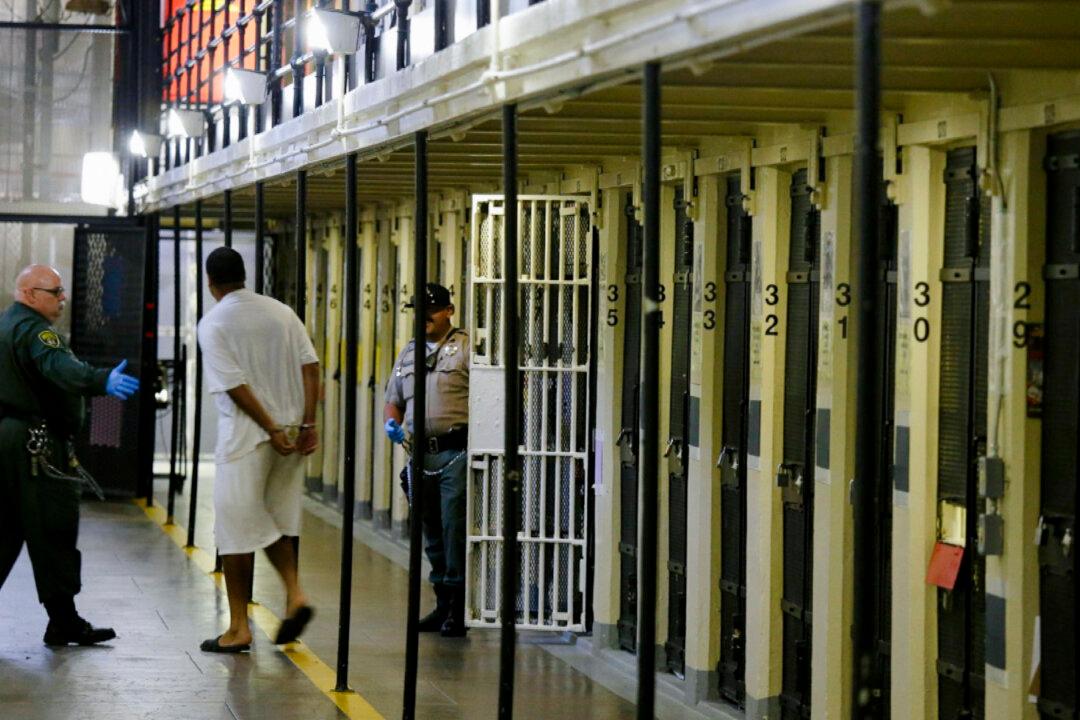Gas prices in Northern California rose again on Feb. 17 and are expected to continue increasing after an explosion and fire at one of the state’s remaining refineries, according to experts.
The incident left the state with less refined gas, driving prices up in Northern California, according to the head of petroleum analysis at Gas Buddy, Patrick De Haan.
“The epicenter of the challenges right now is Northern California,” De Haan told The Epoch Times. “It’s such a large disruption.”
The refinery closure was also affecting Southern California, Oregon, Nevada, Arizona, and Washington state, he said.
Other refineries were also performing routine maintenance, reducing supply across the state, De Haan said.
Prices in the state would probably continue to rise, he said.
“I think the biggest increases are behind us, so that’s the good news, but it will probably continue to go up in the next couple of days,” De Haan said.

One month ago, the average state price reached $4.43, AAA reported.
The highest prices were found in Northern California, with some averages reaching nearly $5.85 in Mono County, and $5.20 in Monterrey, Marin, Napa, and San Mateo counties. Sonoma County reached nearly $5.30. Farther north, in Humboldt and Trinity counties, the price rose to an average of nearly $5.40 on Feb. 17.
The average costs in Los Angeles and Ventura counties were slightly lower, reaching about $4.78 and $4.79, respectively. Orange and San Diego counties reached nearly $4.78 a gallon.
With the switch to summer blend and the seasonal maintenance coming on the heels of the refinery explosion, this month has brought more than the usual upward pressure on gas prices.

“These factors are pushing gas prices up, which means consumers may see higher prices at the pump as warmer months approach,” AAA wrote Feb. 13.
The national average in the United States has also increased slightly, but that was mainly because of the California cost jump and the season, De Haan said.
“It’s definitely possible in the next four to six weeks the price could exceed the $5 mark, but I think it won’t go up much above that,” he said. “It’s hard to expect the unexpected.”







